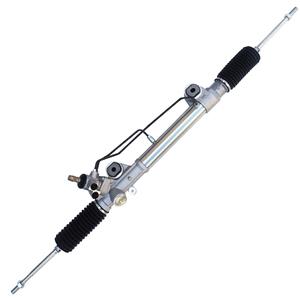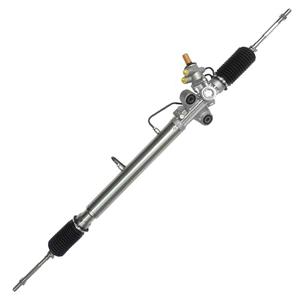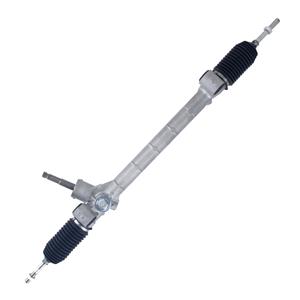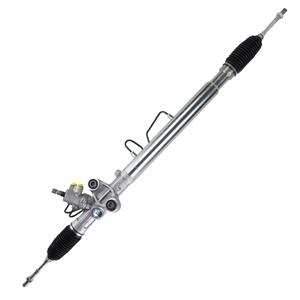-
Positive locking means that in a rack and pinion steering system, a specially designed locking device is used to automatically lock or limit the steering angle under certain conditions to prevent the vehicle from oversteering or steering out of control.
-
Although rack and pinion steering systems are still widely used in passenger cars and small commercial vehicles, other types of steering systems, such as recirculating ball steering systems and Electric Power Steering (EPS) systems, have gradually taken over the market in some high-end models, heavy vehicles and off-road vehicles.
-
If you often drive on the highway and need stable directional control and less fuel consumption, the electric power steering rack is still the first choice. It can provide consistent power assistance to ensure stability when driving at high speeds.
-
In response to the question of "Can you replace only the rack without replacing the pinion?", the answer is usually no. This is not only because the two are closely connected in mechanical structure, but more importantly, replacing the rack or pinion alone may cause a series of problems, affecting the overall performance and safety of the steering system.
-
In general, it is recommended that car owners replace the steering fluid every 2-3 years or every 50,000 kilometers. Of course, the specific replacement cycle should also refer to the recommendations of the vehicle manufacturer.
-
Leaks in hydraulic systems are usually caused by aging, wear or improper installation of mechanical parts. Power steering rack leakage is mainly concentrated in key components such as hoses, seals, joints and hydraulic pumps.
-
If your vehicle is equipped with a hydraulic power steering system, first check the level of the steering hydraulic fluid. If the level is too low, there may be an oil leak, which is usually one of the signs of a damaged steering rack gear.
-
2002-2025
Do racing cars have power steering?
Whether a car is equipped with power steering depends on many factors, including the type of car, the nature of the competition, and the needs and preferences of the drivers. Although power steering can reduce driver fatigue and improve handling stability, it can also increase the weight and complexity of the vehicle and reduce steering feedback.
-
The answer is yes, the electric power steering system is indeed equipped with a fuse. In fact, most electronic systems in modern cars, including EPS, have dedicated fuses or relays. The main function of the fuse is to protect the circuit from damage to the system due to excessive current or circuit short circuit.
-
When the power steering system fails, the driver needs to rely on more manual force to turn the steering wheel, especially when driving at low speeds or parking. Without power assistance, the steering wheel becomes extremely heavy to turn, which is a big challenge for some drivers with less power.




